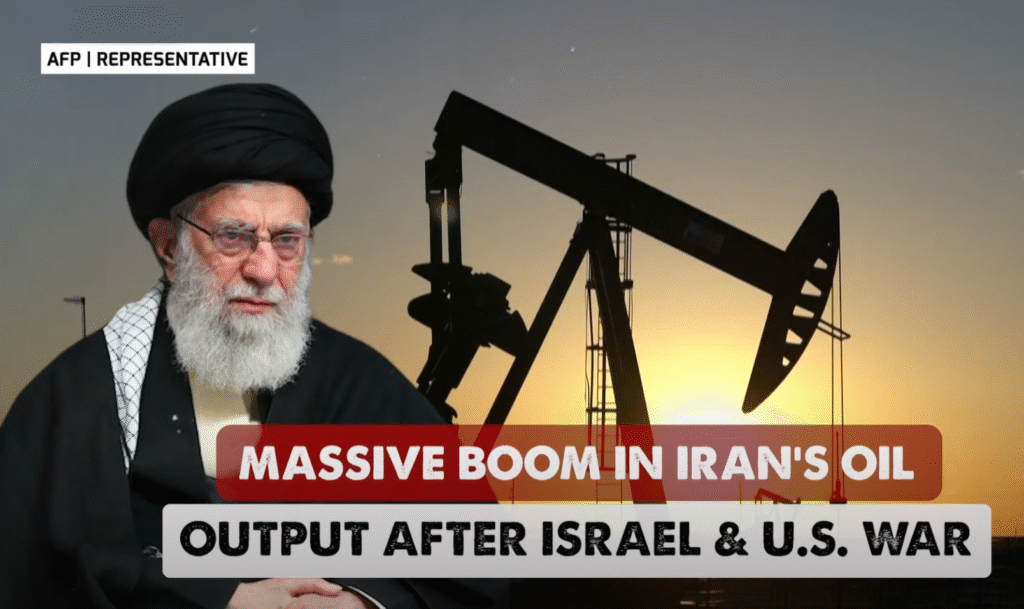
Iran’s Oil Boom: Defying Sanctions and Surpassing Expectations
Iran’s oil production has surged to its highest level in 46 years, reaching a staggering 4.3 million barrels per day (bpd) of crude oil in 2024, according to recently released data. This remarkable achievement, coupled with an additional 725,000 bpd of natural gas liquids and condensates, brings the total to approximately 5.1 million bpd, generating a massive $78 billion in energy export revenues. This unexpected boom represents a significant blow to previous US sanctions aimed at crippling Iran’s economy, and presents a compelling case study in geopolitical maneuvering.
A Triumph Against Sanctions?
The news comes as a considerable shock, especially considering the extensive sanctions imposed by the Trump administration in 2018. These sanctions, designed to cripple Iran’s oil exports and force a renegotiation of the 2015 nuclear deal, clearly haven’t achieved their intended goal. Iran’s ability to maintain, and even surpass, pre-sanction oil production levels speaks volumes about its resilience and its capacity to circumvent international restrictions. This success can be partially attributed to increased cooperation with China and other nations willing to defy US sanctions, highlighting the limitations of unilateral sanctions in a globalized world.
The Role of China and Beyond
While the exact details of Iran’s trade partnerships remain partially obscured, it’s clear that China has played a crucial role in absorbing a significant portion of Iran’s oil exports. This strategic alliance underscores the growing economic and geopolitical influence of China, its willingness to challenge the US-led world order, and its ability to capitalize on opportunities presented by sanctions imposed by the West. Other countries, less publicly involved, may also be contributing to this oil boom, further complicating the geopolitical landscape.
Geopolitical Implications and Future Uncertainties
This resurgence in Iranian oil production has far-reaching geopolitical consequences. It challenges the effectiveness of US sanctions policy, potentially influencing future sanctions strategies. It also significantly shifts the balance of power in the Middle East, bolstering Iran’s economic clout and potentially increasing its regional influence.
However, the future remains uncertain. While the current figures are impressive, the long-term sustainability of this oil boom remains to be seen. Fluctuations in global oil prices, potential changes in international relations, and the ongoing tensions in the region could all impact Iran’s ability to maintain its current production levels. Furthermore, the ongoing discussions surrounding the 2015 nuclear deal continue to cast a shadow of uncertainty over Iran’s future economic prospects.
Conclusion: A Shifting Global Landscape
Iran’s remarkable oil production surge in 2024 represents more than just an economic success; it signifies a significant shift in the global geopolitical landscape. The country’s ability to circumvent US sanctions and capitalize on alternative trade partnerships challenges established power dynamics and necessitates a reassessment of international relations in the Middle East and beyond. The long-term implications remain to be seen, but this development undoubtedly marks a pivotal moment in Iran’s recent history and the ongoing power struggle between the US and its rivals.


